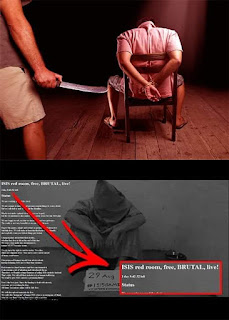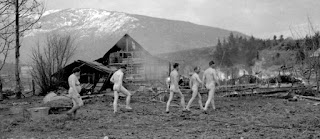Skull of a German soldier at Verdun nicknamed 'The Crown Prince', serving as a point of reference for French soldiers at nighttime, 1916.
Skull of a German soldier at Verdun nicknamed 'The Crown Prince', serving as a point of reference for French soldiers at nighttime, 1916.
The following is the diary entry of 21-year-old Danish-German soldier I.J.I Bergholt, reporting on the conditions of the German frontlines at Le Mort Homme and Côte 304 at Verdun in May 1917. Translated by myself:
⠀⠀⠀⠀⠀⠀⠀⠀⠀⠀⠀⠀
"The following is the diary entry of 21-year-old Danish-German soldier I.J.I Bergholt, reporting on the conditions of the German frontlines at Le Mort Homme (Dead Man's Hill) and Côte 304 (Hill 304) at Verdun in May 1917. Translated by myself:
⠀⠀⠀⠀⠀⠀⠀⠀⠀⠀⠀⠀
"Zum Schlachthof des deutschen Kronprinzen, Hohe 304" (Towards the slaughterhouse of the German Crown Prince, Hill 304). That was the inscription on a sign, which one morning had been placed at the entrance of a trench leading up to that hill.
It was obviously removed immediately, but never before has an inscription been this close to the truth. In order to give an impression of the frontline conditions at Verdun, I'll shortly report our Regiment's experience. The beginning wasn't very fortunate.
Once we had rested for a few days following the long journey from Galicia to France, we were deployed at "Toter Mann" (Dead Man's Hill). Here we spent five days without excessive losses. As far as I remember, we lost 'just' 2-3 men. That was the quiet before the storm.
Terrible battles had taken place on this hill. It wasn't for nothing it was called "Toter Mann". One didn't have to look around for long before concluding that no casualty truces had taken place.
It was far from every poor victim who had found a grave in mother earth. Crowds of large, nasty rats crawled everywhere, and what they lived on, I hardly need to tell."











Comments
Post a Comment